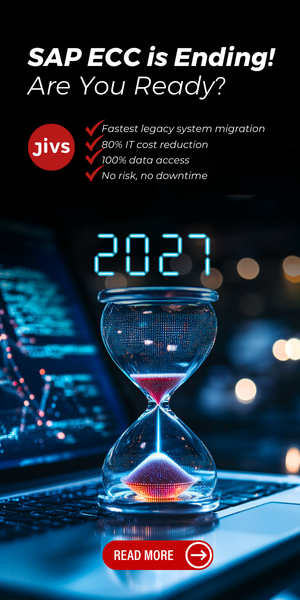As 2025 unfolds, generative AI is accelerating beyond proof-of-concept into production-grade deployment, prompting fundamental questions about the future of enterprise software. Nowhere is this more apparent than in ERP, where digital assistants, copilots, and AI agents are poised to redefine how users interact with core business systems. But will they render the traditional ERP interface obsolete—or usher in a new model altogether?
The recent public sparring between Microsoft and Salesforce CEOs over the role and reliability of AI copilots has thrust this debate into the spotlight. Microsoft CEO Satya Nadella suggested that the traditional SaaS model may be “dead,” arguing that AI agents, not software interfaces, will become the primary gateway to enterprise tasks. Salesforce’s Marc Benioff fired back, calling Microsoft’s AI tools insecure and misleadingly marketed.
Beneath the marketing theatrics lies a deeper transformation: enterprises are beginning to envision a world where users no longer log in to ERP systems to perform tasks—but instead rely on autonomous agents and process-driven workflows that operate across multiple backend systems.
The Rise of Headless ERP?
This shift echoes a long-simmering conversation in enterprise architecture: headless ERP. In this model, the application’s business logic is decoupled from its user interface, with all interactions facilitated through APIs. While headless commerce has gained traction in B2C digital platforms, its ERP equivalent remains aspirational.
Many ERP providers have expanded their API layers and embraced low-code integration tools, but full transactional access via APIs is still rare. Security, technical debt, and architectural complexity remain limiting factors. However, customer expectations are evolving rapidly, and enterprise IT leaders increasingly demand seamless integration and workflow automation across heterogeneous systems.
From Systems to Processes: A New UX Paradigm
One practical manifestation of this shift is the emergence of process-driven user experiences. In mature enterprise environments with defined quality and compliance frameworks, there’s growing interest in surfacing workflows—not applications—as the primary interface. This means guiding users through end-to-end tasks that might touch multiple systems behind the scenes, effectively abstracting away traditional software boundaries.
While promising, such examples remain largely conceptual. Real-world implementations are hampered by inconsistent process documentation, fragmented system landscapes, and governance challenges. Yet, the aspiration remains: a future where users engage with business logic via AI agents or process orchestrators, rather than siloed software front ends.
The Ground-Level Reality
Despite the ambition, many enterprises are far from ready for this level of abstraction. AI agents require robust identity and access controls, clean and well-tagged data, and consistent governance policies—areas where many companies are still maturing. As AI tools proliferate, CIOs are increasingly cautious about data leakage, system integrity, and compliance risk. The demand for security guarantees and auditability is growing, especially in regulated sectors.
Moreover, most enterprise landscapes still run a mix of modern and legacy systems, many of which were never designed for API-first interoperability. The notion of a seamless agent-based experience remains more vision than reality for these organizations.
A Vendor’s Perspective
At RamBase, a vendor specializing in cloud-native ERP and QMS solutions, the focus is on balancing innovation with reliability. The company is investing in AI, automation, and interoperability—exploring use cases where embedded intelligence can improve efficiency without compromising control. But RamBase also continues to invest in user experience (UX) and frontend design. As the article states, “It’s not artificial—but it is intelligent.”
RamBase’s approach reflects a broader truth in the enterprise software market: while AI may reshape how we interact with business systems, the foundational need for secure, auditable, and high-integrity platforms will persist. Even in an AI-first future, enterprises will still rely on “machines built for business”—systems designed not just for flexibility, but for precision and trust.
What this means for ERP Insiders
Prepare for a hybrid interaction model. ERP vendors and CIOs should assume that the future isn’t either/or—it’s both. While AI agents will increasingly handle routine interactions, there will remain a strong need for well-designed interfaces for complex, exception-based workflows. ERP strategy must support both user-driven and agent-driven models, especially during the transition.
Build API resilience before you chase agentic AI. The success of headless or agentic ERP hinges on API maturity. Enterprises should assess their existing systems for API readiness, data consistency, and authentication controls. Vendors must ensure that their platforms can expose business logic safely and reliably, without introducing compliance gaps.
Align AI ambitions with governance reality. As AI adoption accelerates, governance will be a key differentiator. Vendors that can provide transparency, auditability, and control over AI-generated actions will gain trust. Customers should demand security assurances not only at the application layer but across the entire AI stack—from model training to data access and inference output.






